Leathers are collagen-based biomaterials with very good viscoelasticity. In leather making, leather has to endure many different kinds of forces, especially cyclic stress. The response of leather to these stresses not only determines the properties of the leather, but also affects the mechanical behaviours of leather. Cycle stress is very common during the post-tanning process and use of leather. In this paper, two types of cyclic stretching were employed to study the mechanical response of leather to cyclic stress. The general patterns of different energy changes were studied. Both large hysteresis loop and residual strain were found for the leather after the first cycle of cyclic stretching. Loading energy, hysteresis and peak stress decrease with increasing the stretching cycles, while the unloading energy nearly keeps stable. ʻRestʼ has an important effect on the recovery of residual strain of leather. Cyclic stretching improves the softness of leather by unfolding the sticky collagen fibres. There is a linear relationship between the loading energy and the hysteresis of the leather, regardless of the stretching modes.
£20.00
Are you a member? Log in for access to the article.

Society of Leather Technologists & Chemists
C/O Office 39, iCon Innovation Centre
Eastern Way
Daventry, Northamptonshire
NN11 0QB
Registered In England No. 00502705. Registered Charity No. 262247